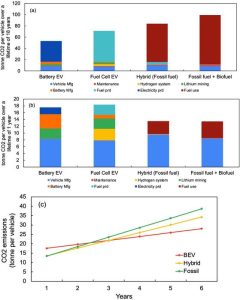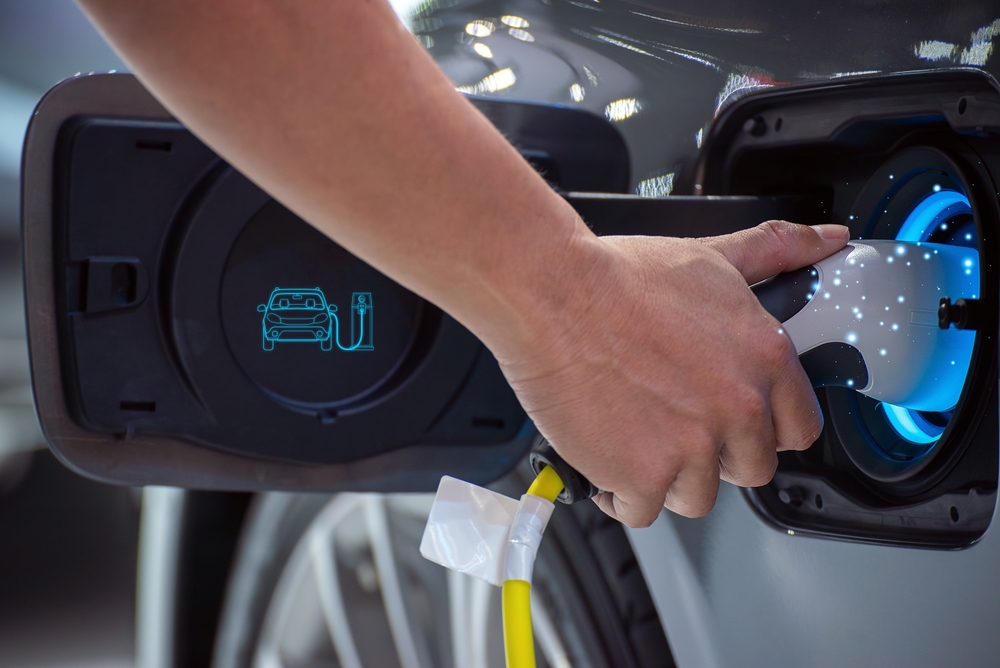A major new study brings new clarity to the long-running debate over whether electric vehicles (EVs) can really deliver on their climate promise.
Battery electric vehicles (BEVs) begin to outperform traditional gasoline-powered vehicles in EV lifecycle emissions after just two years of use, according to research published by Duke University scientists.
Although the initial production of lithium-ion batteries is energy-intensive and results in higher initial carbon emissions, the study found that EVs are quickly making up the difference through reduced operational emissions, especially as the U.S. power grid continues to decarbonize.
The challenge of measuring true carbon impact
Transportation remains the largest source of greenhouse gas emissions in the United States, accounting for approximately 28% of the total.
Policymakers have long championed the transition to electric mobility as essential to meeting climate goals. But critics question whether EVs are as clean as advertised, given the entire production chain from lithium mining to vehicle assembly.
To answer this, the researchers used the Global Change Analysis Model (GCAM), an advanced tool for assessing global energy and emissions trends.
They modeled four scenarios for increasing EV penetration across the United States by 2050, comparing both battery electric and internal combustion engine (ICE) vehicles across their lifecycles, including raw material extraction, fuel and power generation, manufacturing, and on-road driving.
Turning point in 2 years
The results revealed significant crossover points. When considering the entire production and usage cycle, BEVs produce approximately 30% more CO₂ emissions than gasoline vehicles in the first two years.

This is mainly due to the high energy demands of battery production and lithium extraction processes, which remain heavily dependent on fossil fuels.
However, after an electric vehicle has been in operation for two years, the net carbon savings will begin to show. Over time, these benefits accumulate quickly.
By 2030, each additional kilowatt-hour (kWh) of battery capacity is expected to prevent approximately 220 kilograms of CO₂ emissions, but by 2050 CO₂ emissions will drop slightly to 127 kilograms as grids become cleaner and manufacturing efficiencies improve.
Long-term EV environmental and economic benefits
In addition to CO₂ reductions, the study also takes into account the health and environmental impacts associated with air pollution.
Once climate change and air pollution are both monetized, the lifetime environmental cost of gasoline-powered vehicles was estimated to be 2 to 3.5 times that of BEVs.
The researchers found that from an economic perspective, EVs offer superior long-term benefits for both the planet and public health, even though the up-front environmental costs of production are high.
These findings highlight how the benefits of electrification are expected to grow as the U.S. power grid continues its transition to renewable energy sources.
Assumptions and future outlook
The authors acknowledged that their analysis was based on several assumptions regarding vehicle lifespan, annual mileage, and average battery size.
The model also excludes emissions associated with building and maintaining new charging infrastructure. Nevertheless, the results conclusively show that the benefits of electric mobility are increasing.
As renewable energy becomes mainstream in power generation, EV lifecycle emissions are projected to decline further, strengthening the case for rapid electrification of the U.S. motor vehicle fleet.
Ultimately, this study strengthens the argument that while EVs are not emissions-free, they are an important step toward achieving meaningful, long-term reductions in carbon pollution.
In the evolving race towards cleaner transportation, the real victories for electric vehicles appear to begin after the second year.
Source link

